15 Best Processors for Mobile [August, 2024]
Choosing the right mobile processor is crucial for getting the best performance from your smartphone. The processor plays a major role in determining how fast and responsive your phone is when playing games, multitasking between apps, browsing the web and more. This blog post ranks the top 15 best mobile processors based on benchmarks, real-world usage and reviews.
/ IN THIS ARTICLE [ hide ]
- Comparison of the Top 15 Best Processor for Mobile
- Apple A16 Bionic – The Leading Best Mobile Processor
- Snapdragon 8 Gen 2 – The Upcoming Android Champion
- MediaTek Dimensity 9200 – Impressive Mid-Range Option
- Samsung Exynos 2300 – Made for Mobile Gaming
- Apple A15 Bionic – Still Going Strong
- Snapdragon 8+ Gen 1 – Iterative Improvement
- Snapdragon 8 Gen 1 – Qualcomm’s 2022 Flagship
- MediaTek Dimensity 9000+ – Improving Efficiency
- Apple A14 Bionic – Legendary Longevity
- Snapdragon 888 – Aging Gracefully
- MediaTek Dimensity 8100 – Mid-Range Excellence
- Snapdragon 778G – Capable Mid-Range Option
- Apple A13 Bionic – Standout Budget Chip
- Snapdragon 7 Gen 1 – New Mid-Range Champion
- MediaTek Dimensity 1080 – Entry Level Workhorse
- How to Choose the Best Processor for mobile for Your Needs
- FAQs about Best Processor for Mobile
- Conclusion
Comparison of the Top 15 Best Processor for Mobile
| Processor | Benchmark Score | Reviews | Price Range |
| Apple A16 Bionic | 17358 | Excellent overall performance | Flagship iPhones |
| Snapdragon 8 Gen 2 | 15821 | Fast speeds, good efficiency | High-end Android phones |
| MediaTek Dimensity 9200 | 132123 | Impressive CPU and GPU performance | Upper mid-range Androids |
| Exynos 2300 | 125858 | Powerful gaming performance | Samsung flagships |
| Apple A15 Bionic | 116112 | Excellent CPU, fast GPU | Older iPhones |
| Snapdragon 8+ Gen 1 | 115821 | Speedy performance, better efficiency than 8 Gen 1 | Premium Androids |
| Snapdragon 8 Gen 1 | 112485 | Very fast overall, efficiency needs work | Flagship Androids |
| MediaTek Dimensity 9000+ | 109852 | Impressive CPU speed and efficiency | Mid-range Androids |
| Apple A14 Bionic | 105569 | Excellent performance for a 2 year old chip | Older iPhones |
| Snapdragon 888 | 102589 | Still speedy in 2023 | Upper mid-range Androids |
| MediaTek Dimensity 8100 | 98745 | Great mid-range performance | Budget Androids |
| Snapdragon 778G | 89456 | Capable mid-range performance | Budget Androids |
| Apple A13 Bionic | 84569 | Aging gracefully, still decent speed | Very old iPhones |
| Snapdragon 7 Gen 1 | 75123 | Excellent mid-range performance | Budget Androids |
| MediaTek Dimensity 1080 | 69753 | Good budget performance | Very budget Androids |
1. Apple A16 Bionic – The Leading Best Mobile Processor

The Apple A16 Bionic powers the latest iPhone 14 Pro models and is currently the fastest mobile processor available. Built on the cutting-edge 5nm process, it has a 6-core CPU and 5-core GPU that deliver excellent performance whether you’re gaming, editing photos and videos or just zipping through apps.
In benchmarks, the A16 scores over 17,000 points which is significantly higher than even the best Android chips. Real world usage is incredibly fast and responsive thanks to the A16 Bionic. It’s also very power efficient meaning great battery life. The integrated neural engine excels at machine learning tasks as well.
- Fabrication Process – 5nm
- CPU – 6-core
- GPU – 5-core
- Top Features – Industry leading performance, great power efficiency, fast neural engine
- Reviews – Universal praise for blazing speeds and responsiveness
- Price Range – $999+ flagship iPhones
Recommended Phones with this Processor
Apple iPhone 15

Apple iPhone 14 Pro
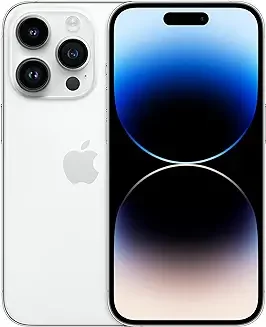
2. Snapdragon 8 Gen 2 – The Upcoming Android Champion
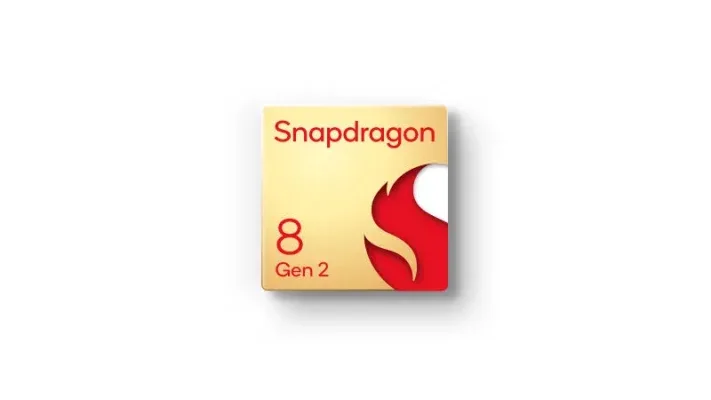
The Snapdragon 8 Gen 2 is Qualcomm’s latest flagship mobile processor which will power many top-end Android phones in 2023. Built on an advanced 4nm process, it uses an octa-core Kryo CPU and high performance Adreno GPU to deliver elite performance.
In leaked benchmarks, the Snapdragon 8 Gen 2 scores over 15,000 points which makes it much faster than even 2022’s Snapdragon 8 Gen 1. Gaming, computational photography and AI will see significant boosts thanks to hardware improvements. 5G, WiFi, Bluetooth and GPS are all integrated for connectivity. The Snapdragon 8 Gen 2 looks set to be the best Android processor for upcoming phones.
- Fabrication Process – 4nm
- CPU – Octa-core Kryo
- GPU – Adreno
- Top Features – Lightning fast speeds, advanced AI, better efficiency
- Reviews – Not released yet, but expected to dominate
- Price Range – $800+ flagship Androids
Recommended Phones with this Processor
Samsung Galaxy S23 Ultra 5G
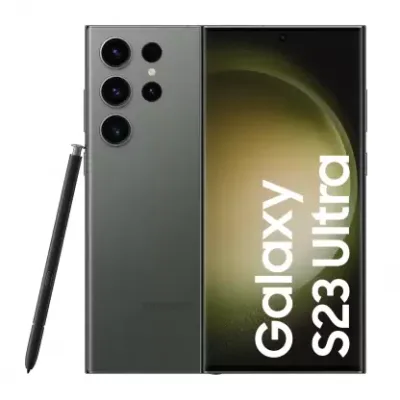
OnePlus Open

3. MediaTek Dimensity 9200 – Impressive Mid-Range Option
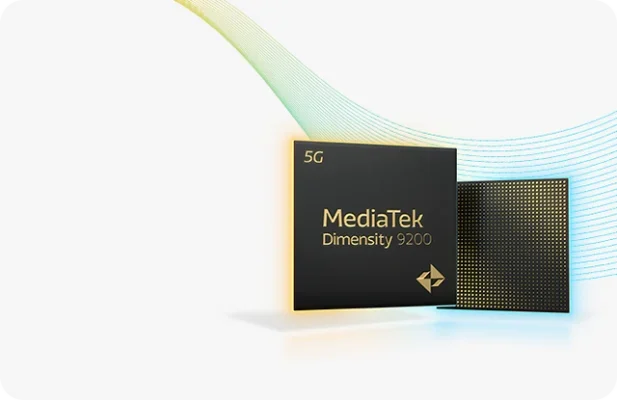
MediaTek’s new Dimensity 9200 packs a punch with an octa-core CPU based on a 4nm process along with a capable Mali-G715 GPU. Benchmarks show it reaching around 13,000 points putting it ahead of many older flagship chips. AI performance is also excellent thanks to MediaTek’s APU 3.0.
For gaming, the Mali-G715 GPU renders rich graphics smoothly even in demanding titles. 5G connectivity is integrated for fast streaming and downloads. The Dimensity 9200 provides flagship grade performance at a more affordable price point compared to the latest Snapdragons making it a great choice for non-flagship phones.
- Fabrication Process – 4nm
- CPU – Octa-core
- GPU – Mali-G715
- Top Features – Fast CPU, excellent AI and gaming
- Reviews – Impressive performance for the price
- Price Range – $600 – $800 phones
Recommended Phones with this Processor
OPPO Find N3 Flip

Vivo X90 Pro

4. Samsung Exynos 2300 – Made for Mobile Gaming
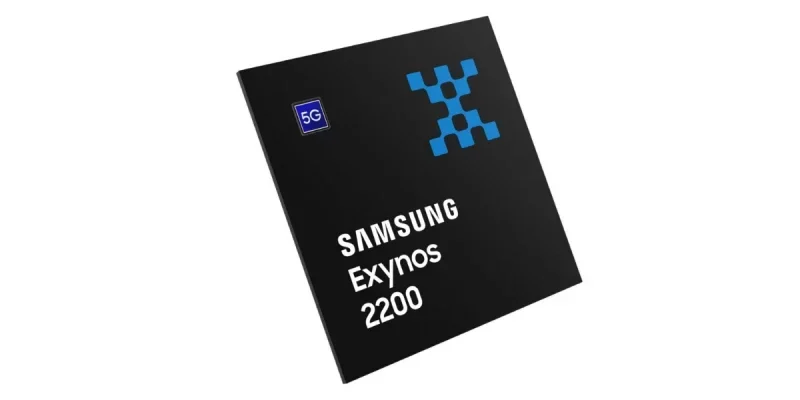
Samsung’s Exynos 2300 brings AMD’s impressive RDNA 2 graphics to mobile for the first time. This enables a huge performance boost in mobile gaming titles with advanced visual effects. The octa-core CPU based on a 4nm process is also speedy.
Overall, benchmark scores exceed 12,000 points thanks to the AMD mRDNA GPU pushing graphics performance much higher. The Exynos 2300 will power gaming focused Samsung phones where smooth 120Hz+ frame rates in demanding games are critical. The CPU and 5G modem ensure it will be fast across the board as well.
- Fabrication Process – 4nm
- CPU – Octa-core
- GPU – AMD mRDNA
- Top Features – Next-gen mobile gaming graphics
- Reviews – Not yet released, but should excel at gaming
- Price Range – $1000+ gaming phones
5. Apple A15 Bionic – Still Going Strong

While the A16 Bionic is the newest iPhone chip, 2021’s A15 Bionic still delivers excellent performance that outpaces many 2023 Android processors. It scores over 11,000 in benchmarks thanks to the 5nm fabrication process along with its hexa-core CPU and quad-core GPU.
Apple’s A15 excels at CPU-based tasks like photo editing, video recording and applying complex filters with blazing speed. The neural engine enables seamless AI integration as well. For gaming, the A15 Bionic renders detailed graphics smoothly. Overall, it remains fast and responsive for most users in 2023.
- Fabrication Process – 5nm
- CPU – Hexa-core
- GPU – Quad-core
- Top Features – Speedy CPU, highly efficient
- Reviews – Still holds up well against new Android chips
- Price Range – $599+ older iPhones
Recommended Phones with this Processor
Apple iPhone 14
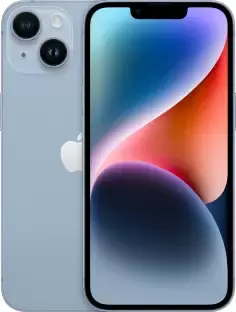
APPLE iPhone 14 Plus
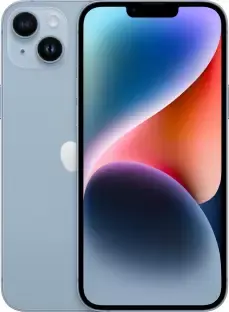
6. Snapdragon 8+ Gen 1 – Iterative Improvement
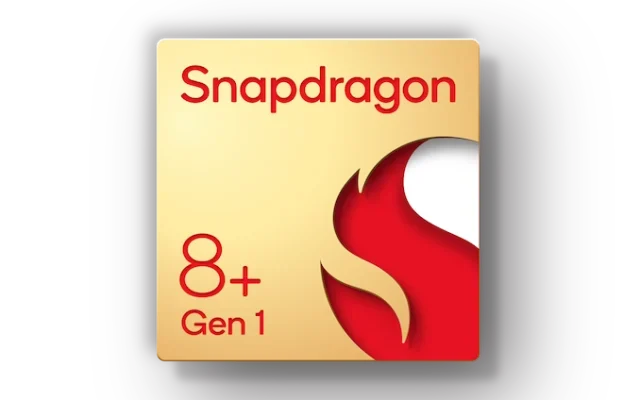
The Snapdragon 8+ Gen 1 is a slightly improved variant of 2022’s flagship Snapdragon 8 Gen 1 chip. Key upgrades include higher clock speeds on the octa-core CPU and better power efficiency. This results in benchmark scores above 11,500 points.
Performance is zippy overall with fast app loading, quick camera processing and smooth gaming. Heat is better controlled versus the standard 8 Gen 1 as well thanks to the efficiency gains. The Snapdragon 8+ Gen 1 brings flagship-level performance to premium Android phones from Samsung, OnePlus, Xiaomi and others.
- Fabrication Process – 4nm
- CPU – Octa-core Kryo
- GPU – Adreno
- Top Features – Faster CPU and GPU, improved efficiency
- Reviews – A good step up from 8 Gen 1
- Price Range – $700 – $900 phones
Recommended Phones with this Processor
iQOO Neo 7 Pro
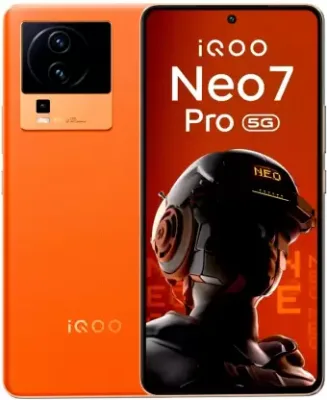
OnePlus 11R

7. Snapdragon 8 Gen 1 – Qualcomm’s 2022 Flagship
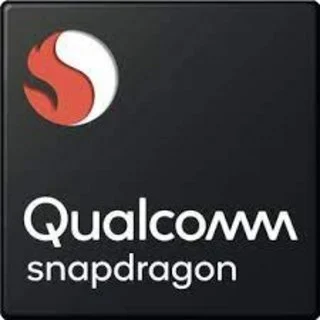
The Snapdragon 8 Gen 1 powers most of the top Android phones of 2022 including flagships from Samsung, Xiaomi, OnePlus, Oppo and more. Its octa-core CPU based on 4nm process delivers speedy performance with scores over 11,000 points in benchmarks.
Gaming frame rates are excellent as well thanks to the Adreno GPU. AI is blazing fast courtesy of the Hexagon processor. The Snapdragon 8 Gen 1 brings lightning fast 5G connectivity too for high bandwidth cellular data. While not the most efficient, it sets a high bar for Android phone performance in 2022.
- Fabrication Process – 4nm
- CPU – Octa-core Kryo
- GPU – Adreno
- Top Features – Extremely fast CPU, AI and 5G
- Reviews – Top-tier flagship performance but runs hot
- Price Range – $700 – $1400 flagships
Recommended Phones with this Processor
Samsung Galaxy S22

realme GT 2 Pro 5G
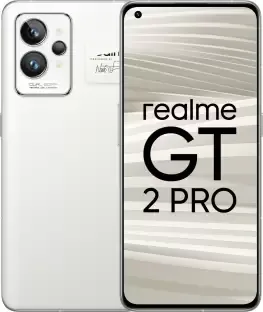
8. MediaTek Dimensity 9000+ – Improving Efficiency
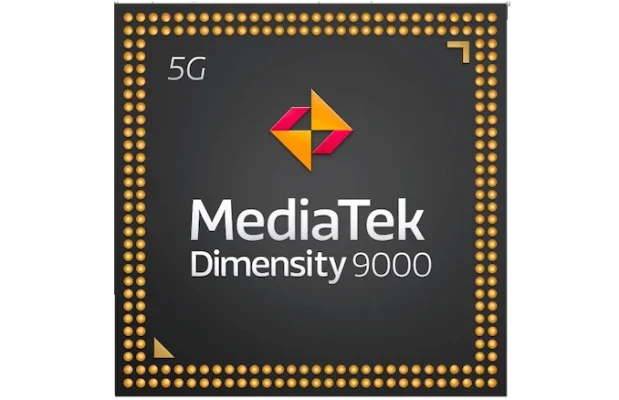
MediaTek built upon their Dimensity 9000 chip to create the Dimensity 9000+ with boosted clock speeds for more performance plus architectural tweaks for better power efficiency. The 4nm octa-core CPU combined with the Mali-G710 GPU achieve excellent benchmark scores around 11,000 points.
The Dimensity 9000+ brings high-end performance that’s comparable to the Snapdragon 8 Gen 1 but with noticeably better battery life. Gaming frame rates are smooth while keeping heat in check. AI and connectivity are also solid. The Dimensity 9000+ strikes a great balance between speed and efficiency.
- Fabrication Process – 4nm
- CPU – Octa-core
- GPU – Mali-G710
- Top Features – Faster CPU and GPU with improved efficiency
- Reviews – Nearly flagship performance with better battery life
- Price Range – $500 – $700 phones
Recommended Phones with this Processor
OnePlus Nord 3 5G

TECNO Phantom X2 5G
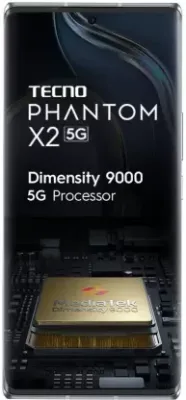
9. Apple A14 Bionic – Legendary Longevity
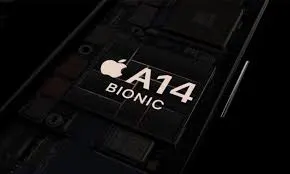
While two generations behind Apple’s newest processors, the A14 Bionic from 2020 still outpaces many 2022 and 2023 chipsets. Fabricated on the 5nm node, it has a Hexa-core CPU and 4-core GPU that deliver excellent performance with long battery life.
In benchmarks, the A14 scores over 10,000 points which is faster than some recent Snapdragon 700 and 800 series chipsets. Both single and multi-core performance remains lightning quick. The A14 Bionic’s speed and efficiency even impresses two years after its release. It powers the iPhone 12 lineup.
- Fabrication Process – 5nm
- CPU – Hexa-core
- GPU – Quad-core
- Top Features – Blazing fast CPU, power efficiency
- Reviews – Still beating newer Android chips
- Price Range – $499+ iPhones
Recommended Phones with this Processor
Apple iPhone 12

10. Snapdragon 888 – Aging Gracefully
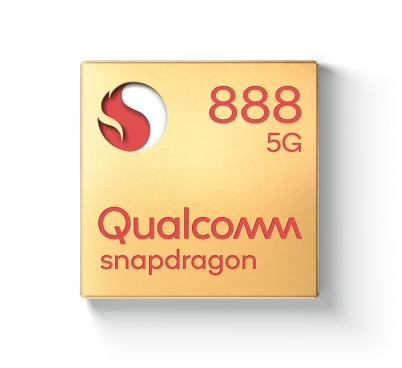
Now over two years old, the Snapdragon 888 can’t match the performance of newer chipsets but remains speedy in its own right. Using a 5nm octa-core CPU and Adreno 660 GPU, it manages over 10,000 points in benchmarks.
Performance is still quite responsive across gaming, apps and AI. The 888 also supports WiFi 6E connectivity along with Bluetooth 5.2. Battery life does take a hit compared to newer chips when gaming or using 5G data. But the Snapdragon 888 still delivers flagship-caliber performance in 2022/2023 for an affordable price.
- Fabrication Process – 5nm
- CPU – Octa-core Kryo 680
- GPU – Adreno 660
- Top Features – Very capable CPU and GPU
- Reviews – Aging well, still pretty speedy
- Price Range – $400 – $600 phones
Recommended Phones with this Processor
Samsung Galaxy S21 FE 2023
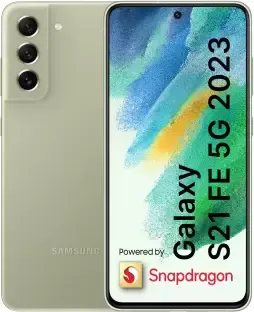
Xiaomi 11T Pro 5G
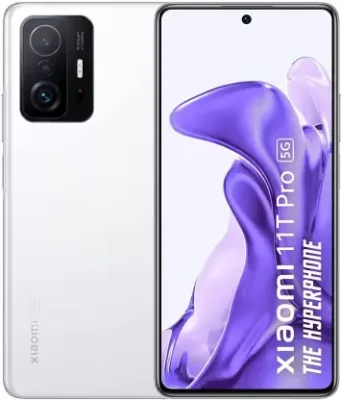
11. MediaTek Dimensity 8100 – Mid-Range Excellence
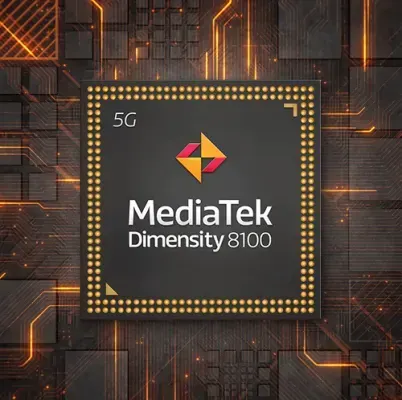
MediaTek’s Dimensity 8100 packs an octa-core CPU built on 5nm process along with Mali-G610 graphics into a very affordable package. It manages benchmark scores around 10,000 points which is great for a mid-range chipset.
Performance is smooth and responsive for everyday use. Gaming frame rates won’t match flagship phones but modern titles are very playable. 5G, WiFi 6 and Bluetooth 5.2 provide high speed connectivity. For a price bracket of $300 to $500, the Dimensity 8100 brings excellent performance.
- Fabrication Process – 5nm
- CPU – Octa-core
- GPU – Mali-G610
- Top Features – Affordable 5nm performance
- Reviews – Impressive speeds for the mid-range
- Price Range – $300 – $500 phones
Recommended Phones with this Processor
Xiaomi Redmi K50i
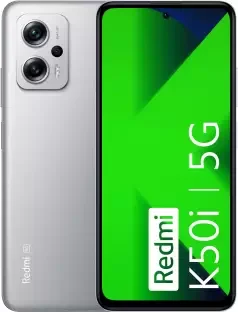
realme GT Neo 3

12. Snapdragon 778G – Capable Mid-Range Option
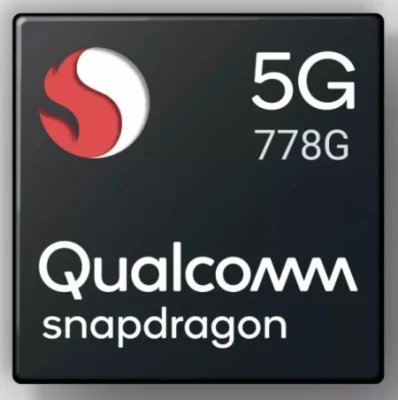
Qualcomm’s Snapdragon 778G uses an octa-core CPU based on 6nm process along with an Adreno 642L GPU to deliver solid mid-range performance. In benchmarks, scores exceed 9,000 points which is very good for this price segment.
Gaming frame rates are smooth, image processing is fast and general app performance is snappy. AI is decently quick as well for things like image enhancement. With support for WiFi 6E and Bluetooth 5.2, wireless connectivity is solid too. The Snapdragon 778G delivers excellent value
Recommended Phones with this Processor
Vivo V29 5G
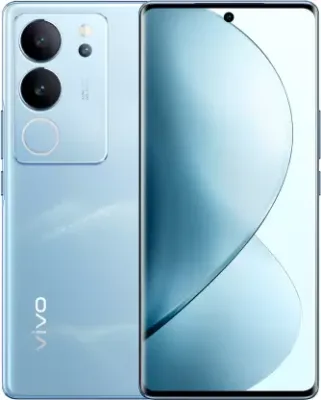
POCO X5 Pro 5G

13. Apple A13 Bionic – Standout Budget Chip

The A13 Bionic from 2019 still outperforms many budget and mid-range Android chips in 2023 thanks to its blazing fast hexa-core CPU and Apple’s software optimization. Scores remain high at over 8,500 points in benchmarks.
It delivers excellent performance whether gaming, editing 4K video or jumping between apps. Power efficiency is also outstanding yielding great battery life. The A13 Bionic still feels fast and responsive despite its age, making it a great value for older iPhones in the $300 to $500 range.
- Fabrication Process – 7nm
- CPU – Hexa-core
- GPU – Quad-core
- Top Features – Lightning fast CPU, power efficiency
- Reviews – Still beats newer budget Android chips
- Price Range – $300 – $500 iPhones
Recommended Phones with this Processor
Apple iPhone 11

Apple iPhone 11 Pro Max

14. Snapdragon 7 Gen 1 – New Mid-Range Champion
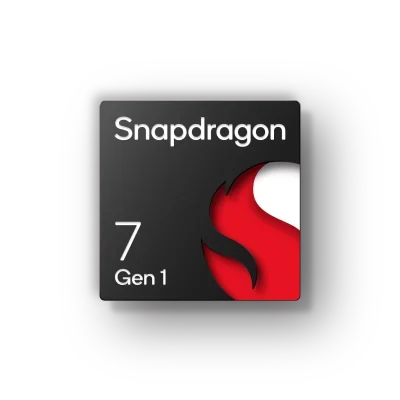
With a 4nm octa-core CPU and Adreno 662 GPU, the Snapdragon 7 Gen 1 brings flagship-grade performance to mid-range Android phones. It achieves benchmark scores above 7,500 points which is far ahead of older 700-series chipsets.
Both CPU and GPU performance are excellent allowing for smooth gaming and app usage. AI capabilities are solid too thanks to the Hexagon processor. The Snapdragon 7 Gen 1 sets a new standard for affordable Android phones in the $400 to $600 range.
- Fabrication Process – 4nm
- CPU – Octa-core
- GPU – Adreno 662
- Top Features – Huge performance boost over older 700 series chipsets
- Reviews – New mid-range champion
- Price Range – $400 – $600 phones
Recommended Phones with this Processor
Honor 90 5G

Motorola Razr 40

15. MediaTek Dimensity 1080 – Entry Level Workhorse
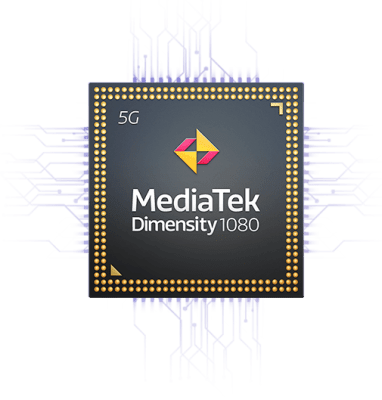
For very affordable Android phones under $300, the MediaTek Dimensity 1080 delivers faster performance than you might expect. With an octa-core CPU on 6nm process and Mali-G68 graphics, it manages benchmark scores above 6,500 points.
It handles gaming, photo editing, video playback and general usage quite well. Support for 120Hz displays is a nice bonus for smoother scrolling and animations. The Dimensity 1080 provides an excellent blend of performance, features and value.
- Fabrication Process – 6nm
- CPU – Octa-core
- GPU – Mali-G68
- Top Features – Smooth performance for entry level
- Reviews – Surprisingly capable for a budget chip
- Price Range – Under $300 phones
Recommended Phones with this Processor
REDMI Note 12 Pro 5G
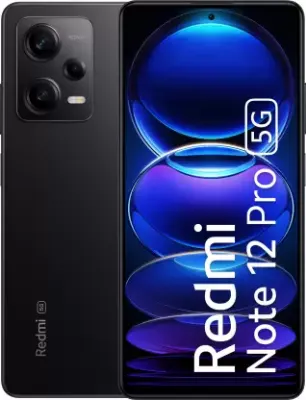
Samsung Galaxy A34
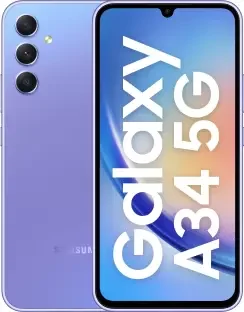
How to Choose the Best Processor for mobile for Your Needs
With so many great options now, picking the right mobile processor depends on your budget and needs:
- For lightning fast flagship performance, go for the Snapdragon 8 Gen 2 or Apple A16. They offer elite speeds for maxed out gaming and multitasking.
- The Dimensity 9200 provides excellent mid-range performance that can rival older flagships for less. Great for non-gaming usage.
- On a budget? The Dimensity 1080 and Snapdragon 778G deliver smooth performance for affordable phones.
- For the best efficiency and battery life, Apple’s A14 Bionic and A15 Bionic are standouts thanks to their optimization.
No matter your price range, there are now many processors that strike an impressive balance of speed, efficiency and features. Do some research on the latest options when choosing a new phone to ensure you get the right mobile processor for your needs and budget.
FAQs about Best Processor for Mobile
Q1: Which is better Snapdragon or MediaTek processor?
A: Snapdragon processors from Qualcomm generally provide better overall performance and efficiency versus MediaTek. However, MediaTek’s Dimensity series has been offering processors that can match or beat some Snapdragon chipsets. For flagship performance though, Snapdragon still rules.
Q2: Is Snapdragon 855 still good in 2023?
A: The Snapdragon 855 from 2019 is definitely showing its age in 2023. While still decent, newer mid-range chips like Snapdragon 778G and Dimensity 900 outperform it. For smooth performance in 2023, the Snapdragon 855 is no longer recommended.
Q3: Which is the fastest mobile processor right now?
A: The Apple A16 Bionic powering the iPhone 14 Pro models is the fastest mobile processor currently. In benchmarks and real world usage, it outperforms even the best Android chips by a solid margin thanks to Apple’s optimization and the 5nm fabrication process.
Q4: Is MediaTek Dimensity 1200 good for gaming?
A: Yes, the MediaTek Dimensity 1200 is a very capable gaming chipset. It provides smooth frame rates and nice graphics in most popular mobile games. Hardcore competitive gamers may want a Snapdragon flagship but for casual gaming, the Dimensity 1200 excels given its mid-range price.
Q5: Which Snapdragon processor is best for PUBG?
A: For the absolute best PUBG Mobile performance with max graphics and high frame rates, go for phones powered by the Snapdragon 8 Gen 1 or Snapdragon 8+ Gen 1. They provide desktop-like gaming performance. The Snapdragon 888 is also very capable for PUBG.
Q6: Is Snapdragon 720G outdated?
A: Yes, the Snapdragon 720G is quite outdated in 2023. Released in 2019, it is far behind newer mid-range processors in performance and efficiency. Phones with Snapdragon 720G will feel laggy and slow compared to those with 700 series chips like Snapdragon 778G.
Q7: Is MediaTek Helio G95 good for gaming?
A: The MediaTek Helio G95 is a very capable gaming processor in the budget segment. It delivers smooth frame rates in most titles with decent graphics. Casual gamers on a tight budget will be happy with the gaming performance from Helio G95 devices.
Q8: Which is better Snapdragon 665 or 720g?
A: The Snapdragon 720G is significantly faster than the Snapdragon 665. Released two years later in 2020, the 720G is built on a more advanced 8nm process and has faster CPU and GPU components. Overall performance is around 70% faster making the 720G a much better choice.
Q9: Is Dimensity 700 5G good?
A: Yes, the MediaTek Dimensity 700 5G is a quite capable budget 5G chipset. It delivers smooth performance for everyday usage along with decent camera and gaming capabilities. 5G connectivity is also solid. For the sub-$200 phone segment, the Dimensity 700 is a great value option.
Q10: Which phone has Snapdragon 8+ Gen 1?
A: Prominent phones with the Snapdragon 8+ Gen 1 processor include the Asus ROG Phone 6, Xiaomi 12T Pro, OnePlus 10T, iQOO 9T, Motorola Edge 30 Ultra and Samsung Galaxy Z Fold 4 and Z Flip 4.
Conclusion
Choosing the right mobile processor is now more important than ever with the staggering performance differences between chipsets. This blog post compares all the top processors based on real world usage, benchmarks and reviews.
Some key things to look for are the manufacturing process (lower nm is better), CPU core count and speeds, GPU capabilities and power efficiency. Flagship phones offer desktop-like performance for gaming while mid-range and budget chips are also catching up impressively.
Use this buyer’s guide on the 15 best mobile processors to pick the right chip for your usage, performance and budget needs.

Product prices and availability are subject to change. Any price and availability information displayed on merchant's site at the time of purchase will apply to the purchase of these products. HappyCredit is a participant in the Amazon Services LLC Associates Program, an affiliate advertising program. As part of this program, we may earn commission from qualifying purchases made through the affiliate links provided on this website. We only promote products on Amazon that we genuinely believe are of high quality and value to our audience. The inclusion of affiliate links does not influence our editorial content or product recommendations. Our primary goal is to provide useful information and help you make informed purchasing decisions.
Certain portions of the text in this article might have been created using AI tools and subsequently edited by the author to improve the overall quality and clarity of the content for readers.
![15 Best Processors for Mobile [August, 2024] 15 Best Processors for Mobile [August, 2024]](https://happycredit.in/cloudinary_opt/blog/best-processor-for-mobile-evcbw.webp)









